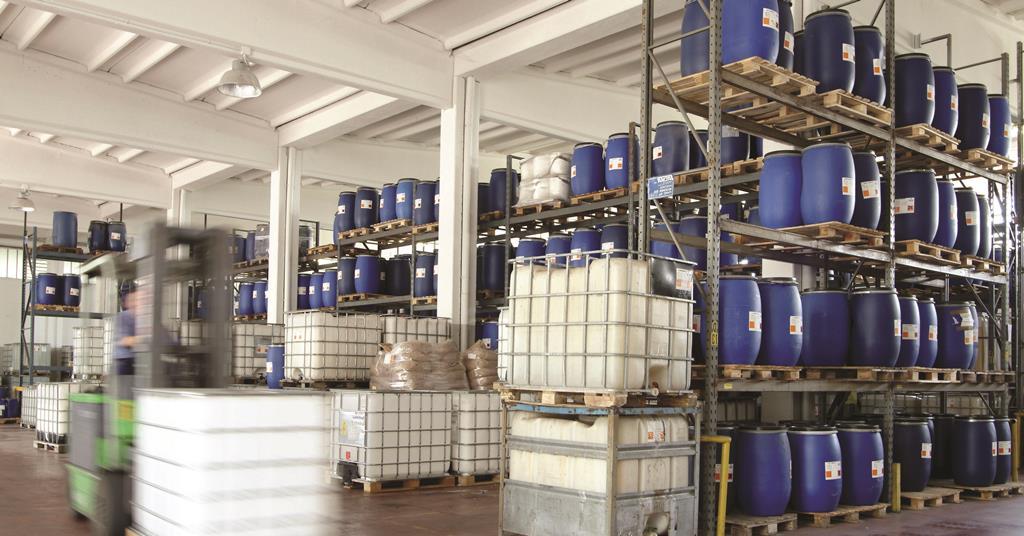It’s possible that you have hardworking staff members who think it’s nice and orderly to keep chemicals next to one another, alphabetically ordered, so that everyone can quickly identify which is what and where it is. That can appear admirable at first. However, such orderliness can result in a fire or explosion along with all the associated legal, financial, and public relations repercussions regardless of whether those chemicals are the original components of a process, its valuable byproducts, or its hazardous waste. On your inventory list, copper sulphide and cadmium chlorate, for instance, could coexist peacefully next to one another, but when placed in close proximity, they will violently detonate. The same goes for iron sulphide, which is neatly classified under H, and hydrogen peroxide (logically listed nearby under. On an Excel spreadsheet, they get along rather well, but in person, they react violently to one another. Another thing to think about is the interactions between chemical groupings. For instance, oxidizers naturally release oxygen into the air, which helps combustion. Therefore, keeping combustible objects close together is a recipe for disaster so almacenamiento de sustancias químicas is much important.

Storage Requirements for Chemicals
Acids that oxidise: Due to the fact that they all react strongly with one another and the majority of other compounds, they need to be handled with extra caution. The main storage problem is to keep them apart so that they don’t accidentally come into touch with anything that could corrode. They must be housed in purpose-built safety cabinets that are double-contained (the primary container kept inside another, such as a canister, tray, or tub).
Solids that are dry: All powders, whether harmful or not, are included. Those that are harmful should be clearly labelled as such and, most likely, separated. The most difficult storage difficulty is keeping them dry. Cabinets are preferred; open shelves are okay; however, they must be housed above liquids in either case. Try the best almacenamiento de sustancias químicas
Bases in liquid form: The main storage problem for liquid bases is avoiding contact with acids and the subsequent reaction. They, like acids, can be stored in specially designed safety cabinets. In contrast to acids, they may be stored in normal cabinets in tubs or trays.
Metal Hydrides: These react severely with water; some are even pyrophoric, blazing spontaneously in air. Since a result, they provide a considerable storage difficulty, as they must be segregated from all liquids and, in certain circumstances, preserved in a vacuum. They must be stored in safe, watertight, double-containment containers that are segregated from other storage groups.




